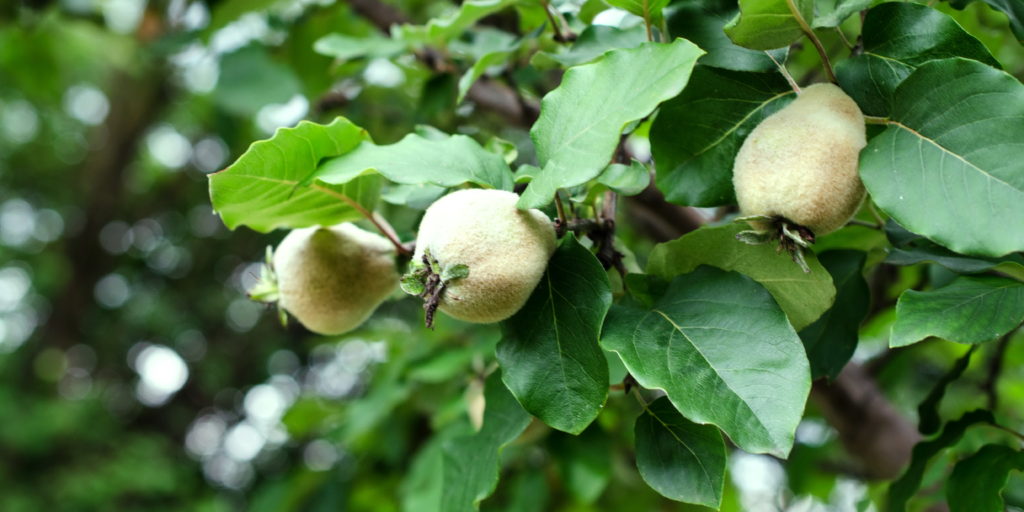The Economic Sector

This sector includes the collection of plants considered useful, used directly or indirectly by humans, and is located next to the Systematic Sector. Economic botany is a branch linking various information from disciplines such as agronomy, horticulture, anthropology, chemistry, pharmacology. For example, the link between botany and anthropology lies in how humans used in past or currently use plants for food or for their healing potential.
An important component of the Economic Sector is represented by medicinal plants. It contains spontaneous (occurring naturally) or cultivated species, which due to their chemical composition have pharmaceutical and therapeutic properties. They are natural remedies recommended in the treatment of various digestive, cardiovascular, hepatic, respiratory, circulatory diseases, etc.

Alimentary plants constitute a significant part of the sector. They are mainly classified according to the anatomical parts that are used predominantly. The major categories include leaf vegetables (the lettuce, parsley, rocket – Eruca sativa, etc.), Solanaceae (potatoes, tomatoes, peppers, etc.), root and bulb vegetables (the carrot, parsnip, parsley, onion, etc.) or pod vegetables (peas, beans, soya – Glycine max, etc.). Cereals are Gramineae (grasses) cultivated for their one-seeded fruits called caryopses, such as wheat, oat, rye or maize (sometimes in several varieties). Fodder plants, used as animal feed, are divided into plants that grow spontaneously in pastures and meadows (fodder grasses such as the meadow fescue – Festuca pratensis, and the common meadow-grass – Poa pratensis and plants that are cultivated, such as the alfalfa).

Technical plants cultivated in the Economic Sector include textile plants whose technical fibres are used for the production of various fabrics and braids. Tinctorial plants (e.g. Calendula officinalis) are used as natural dyes. There are also melliferous plants, important sources of nectar used by bees to produce honey.